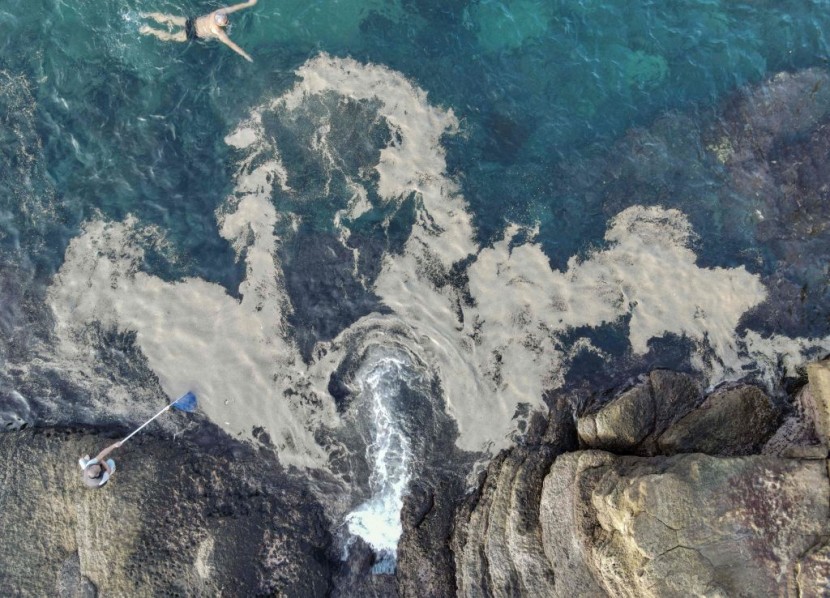Three weeks ago, an underwater volcano off the coast of Japan erupted, giving a unique glimpse into the formation of a tiny new island, but scientists warn that the eruption might not last long.
The nameless underwater volcano, known as Ioto in Japan, is situated about a kilometer (half a mile) off the southern shore of Iwo Jima. On October 21, it began erupting again, according to the Associated Press.
Rocks and volcanic ash built up on the shallow bottom within ten days, with the tip rising above the water's surface. Early in November, Yuji Usui, an analyst at the volcanic division of the Japan Meteorological Agency, estimated that it had grown into a new island with a circumference of around 100 meters (328 feet) and a height of up to 20 meters (66 feet) above the ocean.

Although there has been an upsurge in volcanic activity close to Iwo Jima and similar underwater eruptions in recent years, Usui remarked that the birth of a new island is a significant development.
Since then, the site's volcanic activity has decreased, and according to Usui, the newly formed island has considerably reduced due to the waves' easy erosion of its "crumbly" structure.
He mentioned that specialists are currently examining the development, down to the specifics of the deposits. If the new island is composed of lava or a more resilient material than volcanic materials like pumice, it may last longer.
Read also: Naples Earthquake Signals Potential Volcanic Eruption as Seismic Activity Intensifies
Not a First
In the past, earthquake activity and underwater volcanoes have created new islands.
A new island formed in 2013 as a result of an eruption at Nishinoshima in the Pacific Ocean, south of Tokyo, continued to develop during the volcano's ten-year outburst.
A little island rose to the top of the ocean floor in 2013 following a powerful 7.7-magnitude earthquake that struck Pakistan. A month-long underwater volcanic eruption off the coast of Tonga in 2015 created a new island.
Japan, which is located in the so-called Pacific "ring of fire," is home to 111 of the world's approximately 1,500 active volcanoes, according to the Japan Meteorological Agency.
Some of the most intense combat of World War II took place on Iwo Jima, and the image captured by AP photographer Joe Rosenthal on February 23, 1945, of the flag being raised atop Mount Suribachi on the island came to represent both the Pacific War and the bravery of the US Marines.
In a spectacular display of nature's forces, an underwater volcano erupted, giving birth to a new island in the midst of the ocean. The fiery event, hidden beneath the waves, thrust molten rock and ash to the surface, solidifying into a pristine landmass. As the underwater drama unfolded, the birth of this island serves as a vivid reminder of the Earth's ever-changing landscape.
© 2025 HNGN, All rights reserved. Do not reproduce without permission.








